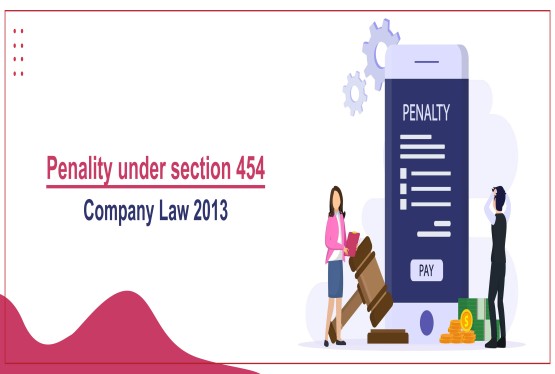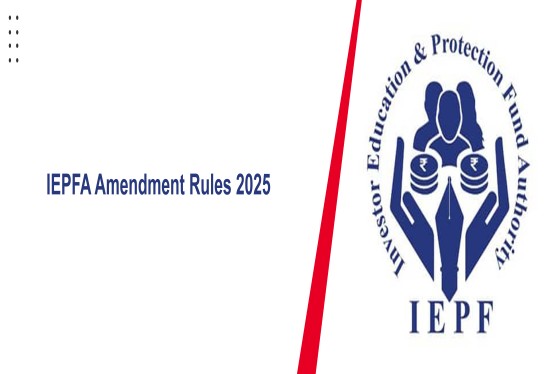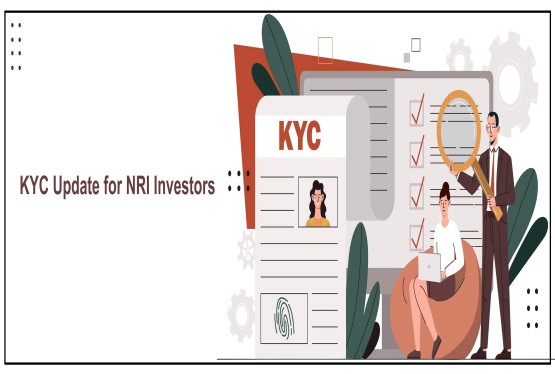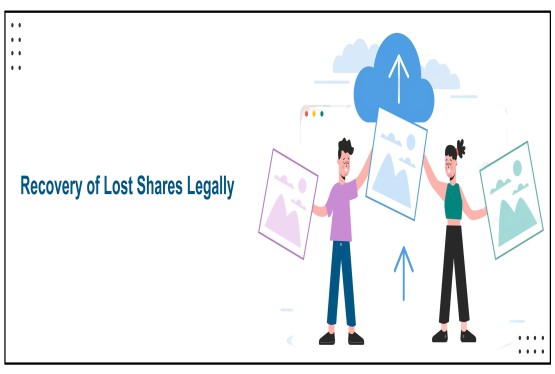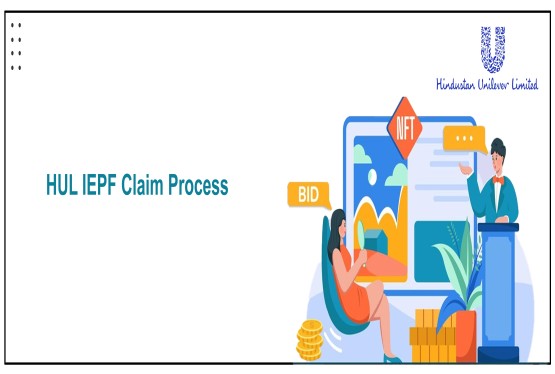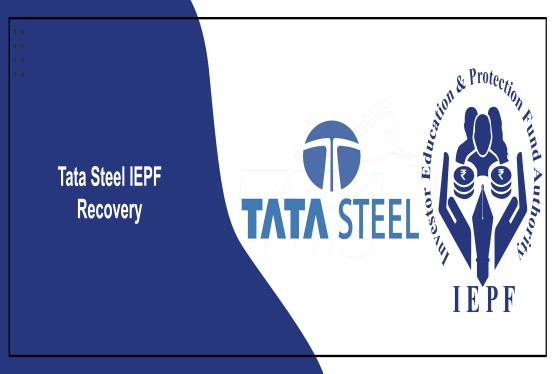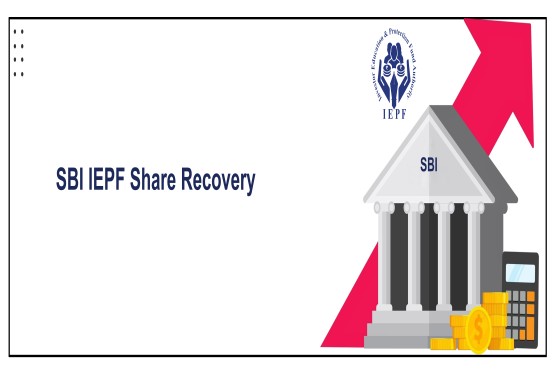To enhance transparency and ensure regulatory oversight, the Securities and Exchange Board of India (SEBI) issued a circular introducing a standardized periodic reporting format for Research Analysts (RAs) and Proxy Advisers (PAs), a move, rooted in Regulations 23(1) and 24(4) of the SEBI (Research Analyst) Regulations, 2014, mandates the submission of half-yearly reports and through this article we will provide a detailed, clause-by-clause explanation of the circular, reporting structure, timelines, responsibilities, and practical implications for RAs and PAs, based on the SEBI Circular SEBI/HO/MIRSD/MIRSD-PoD1/P/CIR/2024/148 dated October 25, 2024, a compliance applicability for Research Analysts (RAs) registered under SEBI (Research Analyst) Regulations, 2014:
The SEBI (Research Analyst) Regulations, 2014 were introduced to regulate entities providing research reports or investment recommendations. Regulation 24(4) empowers SEBI to seek periodic information and reports from RAs. Similarly, Regulation 23(1) extends the applicability of relevant provisions to Proxy Advisers. This framework ensures that both RAs and PAs function with integrity, transparency, and adequate disclosures.
To implement the supervision effectively, SEBI recognized BSE Limited as the Research Analyst Administration and Supervisory Body (RAASB) under Regulation 14. BSE, as RAASB, is responsible for collecting periodic information, ensuring compliance, and assisting SEBI in regulatory oversight.
Consultation and Industry Participation
SEBI, following a consultative approach, initiated a feedback mechanism by publishing a consultation paper on August 9, 2024. The paper sought views on proposed formats and structures for periodic reporting. Open until August 30, 2024, the consultation received responses from industry players, compliance professionals, and investor associations. Based on the inputs received and further deliberations, SEBI finalized the reporting formats provided in the annexures of the circular.
Applicability and Scope
This circular applies to all registered Research Analysts and Proxy Advisers operating under SEBI's regulatory purview. It becomes effective immediately. However, to allow time for internal alignment, the first reporting deadline pertains to the period ending March 31, 2025. The due date for this initial submission is April 30, 2025. Thereafter, reports will be submitted half-yearly:
-
H1: April 1 to September 30 – Submission due by October 30
-
H2: October 1 to March 31 – Submission due by April 30
Annexure I: Reporting Format for Research Analysts
1. RA Registration Details:
-
Name, SEBI registration number, category (individual/non-individual)
-
Contact information and compliance officer details
2. Business Information:
-
Number of employees involved in research and support functions
-
Locations of operations (branches/offices)
3. Research Metrics:
-
Number of research reports issued during the period
-
Sectoral coverage and methodology used
4. Distribution Channels:
-
Modes of dissemination (website, emails, paid subscription, etc.)
-
Reach and client base metrics
5. Certification and Qualification:
-
NISM or equivalent certifications held by research staff
-
Training hours conducted internally
6. Conflict of Interest Management:
-
Internal policies to identify and manage conflicts
-
Number of disclosures made relating to conflicts
7. Grievances and Complaint Handling:
-
Number of investor complaints received, resolved, pending
-
Average resolution time
8. Audit and Internal Review:
-
Whether internal audit conducted; summary of findings
-
Action taken to resolve audit observations
Annexure II: Reporting Format for Proxy Advisers
Proxy Advisers must submit reports directly to SEBI in the specified format. Key fields include:
-
Advisory services rendered
-
Voting recommendations provided to institutional clients
-
Methodologies adopted in preparing advisories
-
Internal governance and disclosure policies
The objective is to ensure that proxy voting advice is objective, unbiased, and transparently disclosed.
Role of RAASB (BSE Limited)
The RAASB is tasked with:
-
Creating an online mechanism for collecting periodic reports from RAs.
-
Disseminating the circular and training the RAs.
-
Updating their operational guidelines and SOPs.
-
Providing backend access and helpdesk support for query resolution.
Compliance Risks and Challenges
-
Data Management: Collating six months' worth of client, research, and employee data requires dedicated systems.
-
Timeliness: Missing submission deadlines can attract penalties.
-
Accuracy: Any inconsistency may lead to audit flags or investigation.
Mitigation strategies include automated record-keeping, appointing compliance leads, and conducting mock audits.
Legal Consequences of Non-Compliance
The circular is backed by SEBI's enforcement powers under Section 11(1) of the SEBI Act, 1992. Failure to comply may lead to:
-
Regulatory fines
-
Suspension or cancellation of RA/PA registration
-
Adverse observations in inspections or audits
SEBI retains discretion to initiate further actions, including public disclosures of non-compliance.
Recommendations and Best Practices
-
Early Preparation: Begin internal alignment at least 30 days before the deadline.
-
Compliance Team: Assign a dedicated compliance officer to coordinate reporting.
-
Software Tools: Use data aggregation tools for seamless reporting.
-
Grievance Dashboard: Maintain a live dashboard to track complaint redressal.
-
Training: Keep research staff updated with mandatory NISM certifications.
Conclusion
This circular marks a significant step toward data-driven supervision of research entities in India. By introducing standardized periodic reporting, SEBI has reinforced transparency, accountability, and risk management in the research and proxy advisory ecosystem. Registered entities must proactively gear up to meet these obligations, ensure timely submissions, and embed a compliance-first culture into their operations.
With the first reporting deadline approaching in April 2025, this is an opportune moment for all RAs and PAs to institutionalize robust internal systems and processes to avoid last-minute challenges.
FAQs
Q1. Is NIL reporting permitted?
Ans. Yes, if no research/advisory activity was conducted during the reporting period.
Q2. Can consultants submit the report on behalf of RAs?
Ans. Yes, if duly authorized. The RA remains responsible for accuracy.
Q3. What if the deadline is missed?
Ans. This could attract penalties or further regulatory scrutiny.
Q4. Is the report format the same for individuals and non-individual RAs?
Ans. Yes, though some fields (like employee count) may not apply to individuals.
Q5. Will reports be made public?
Ans. SEBI has not clarified public disclosure yet. However, aggregate insights may be published.











































































_crop10_thumb.jpg)




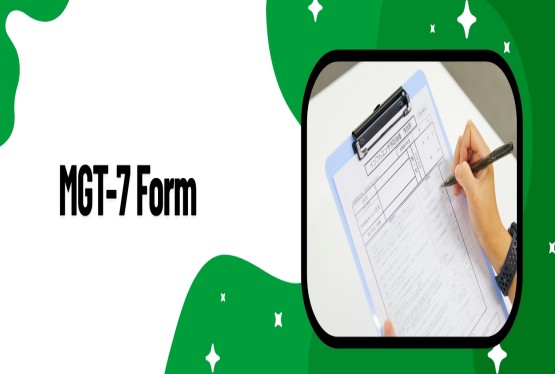





























































_crop10_thumb.jpg)
_crop10_thumb.jpg)



_crop10_thumb.jpg)


_crop10_thumb.jpg)





_crop10_thumb.jpg)

_crop10_thumb.jpg)














-suratgujarat-section-158_crop10_thumb.jpg)
-suratgujarat_crop10_thumb.jpg)
-(33)_crop10_thumb.jpg)



-ahmedabad_crop10_thumb.jpg)
-learn_crop10_thumb.jpg)

-learnn_crop10_thumb.jpg)



























































_crop10_thumb.jpg)















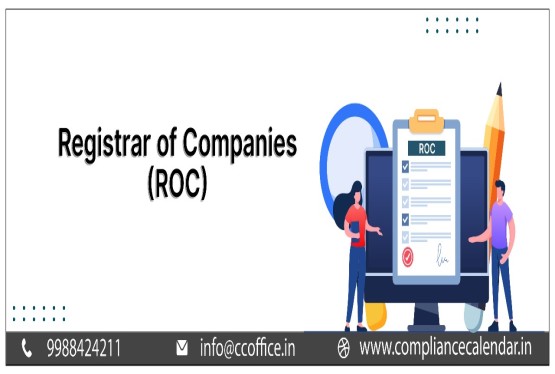







_Guidelines_learn_crop10_thumb.jpg)























_learn_crop10_thumb.jpg)
_crop10_thumb.jpeg)










_crop10_thumb.jpg)




_Second_Amendment_Rules,_2025_learn_crop10_thumb.jpg)







_learn_crop10_thumb.jpg)




























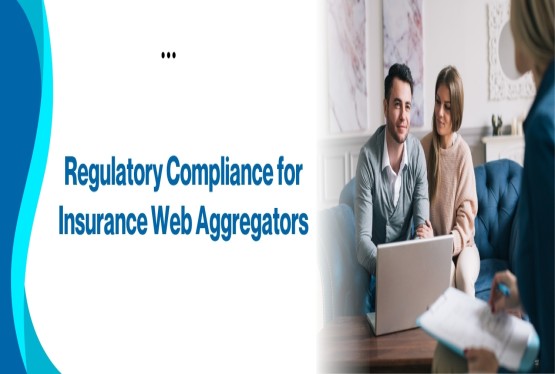

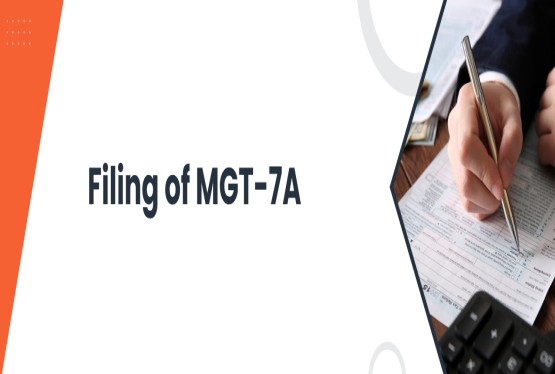
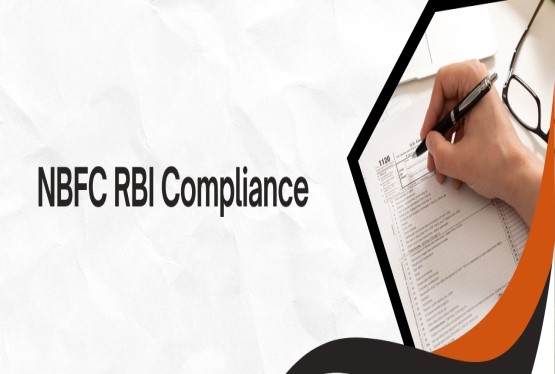
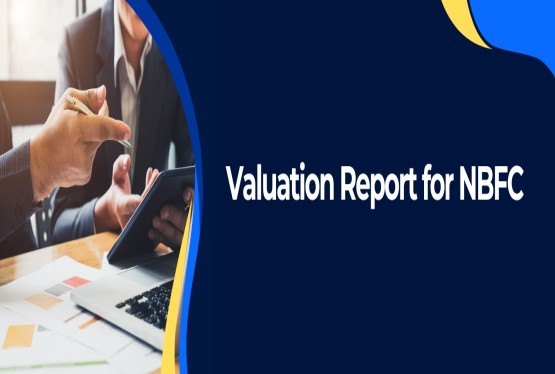

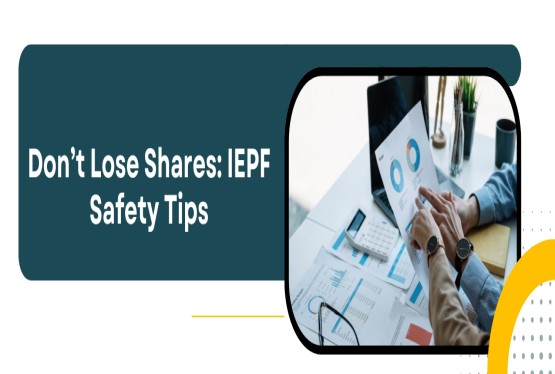



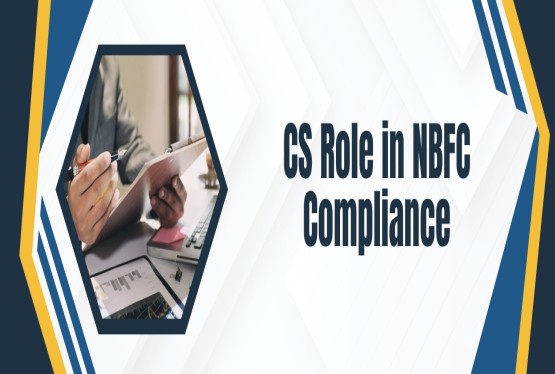
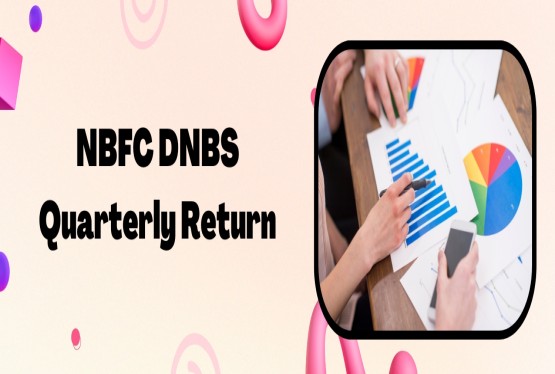



_learn_crop10_thumb.jpeg)




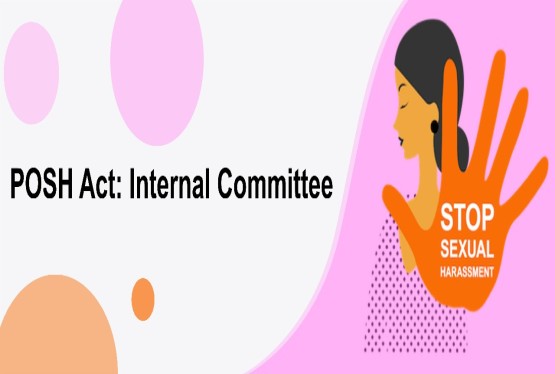
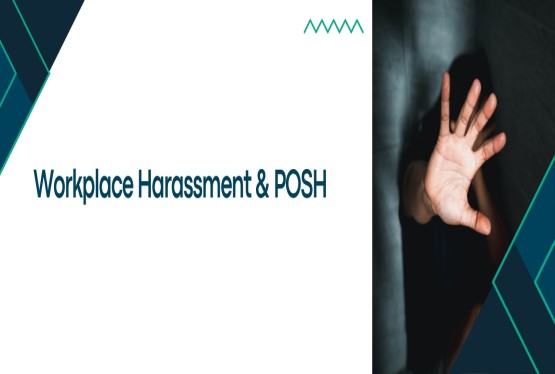
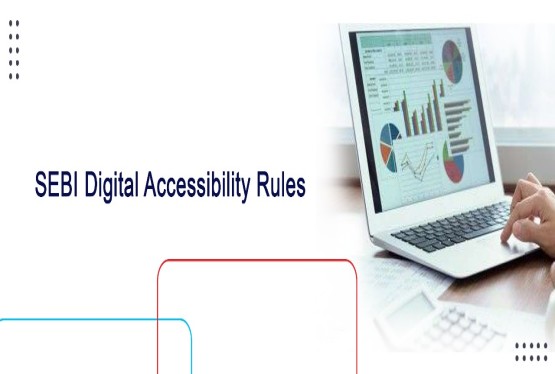

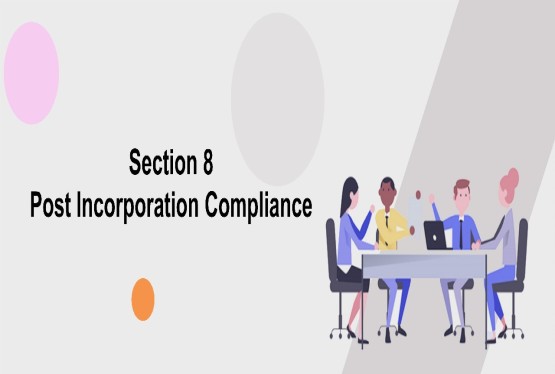
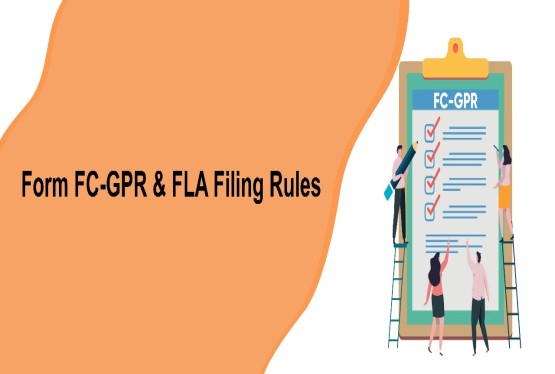
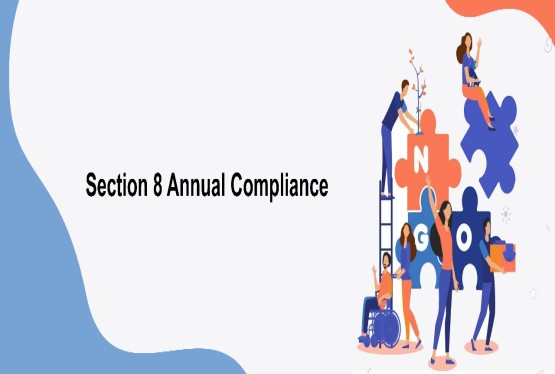
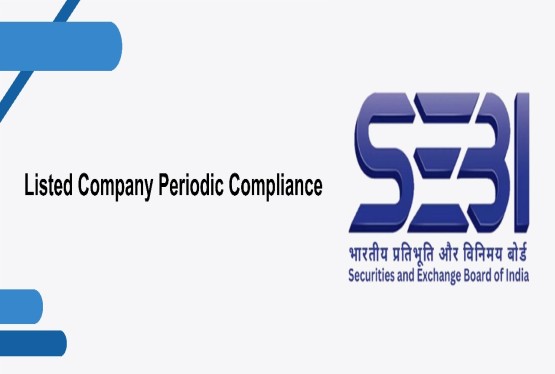

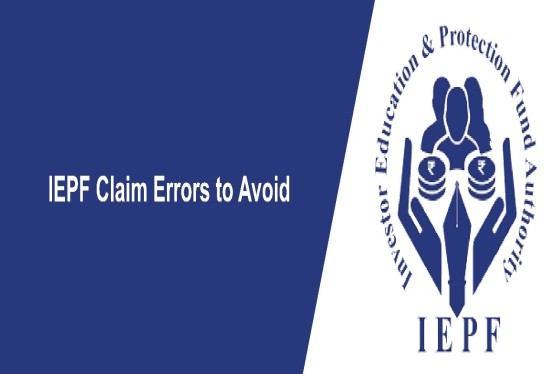
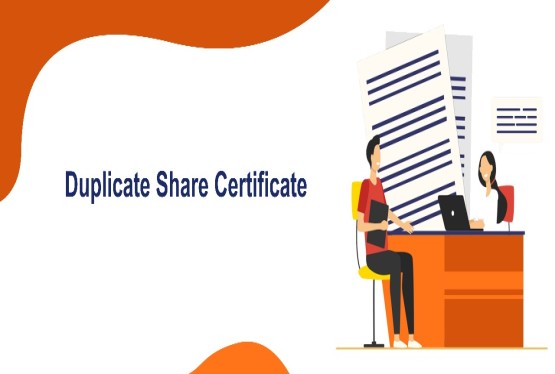
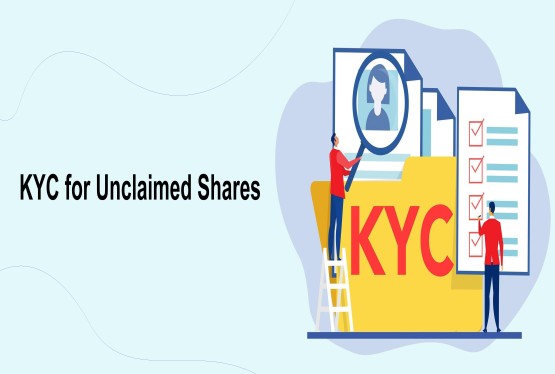



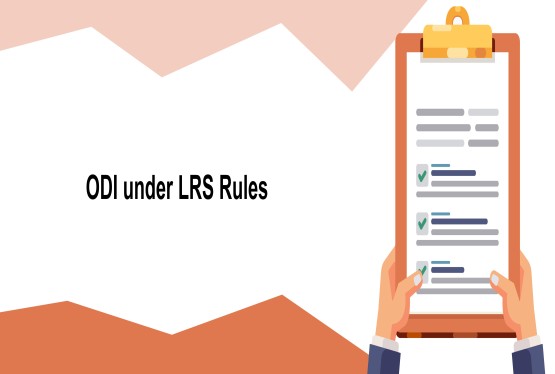
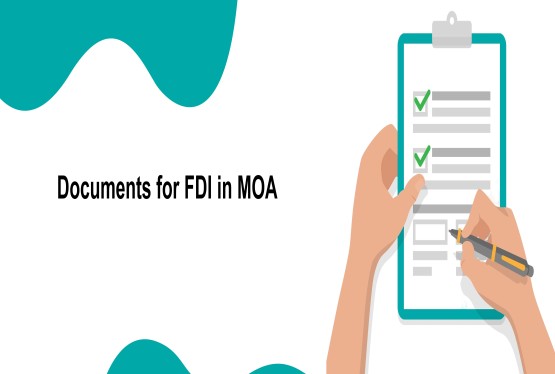


_learn_crop10_thumb.jpg)

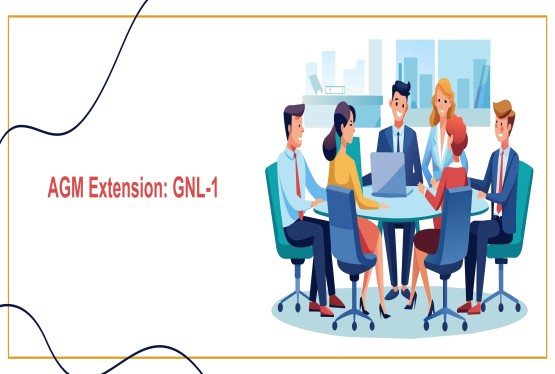
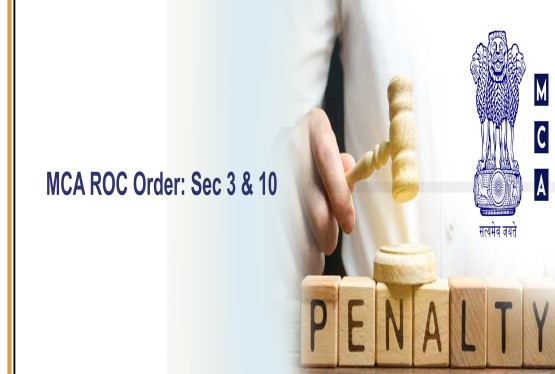
_rd_roc_learn_crop10_thumb.jpg)
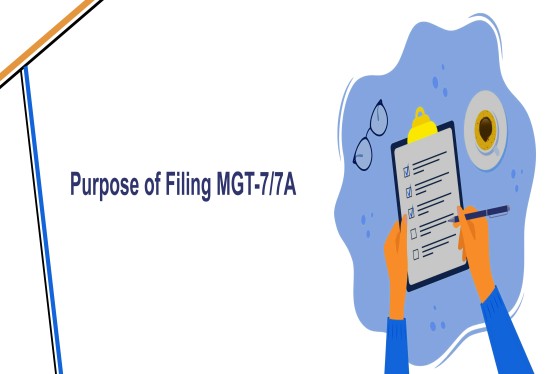
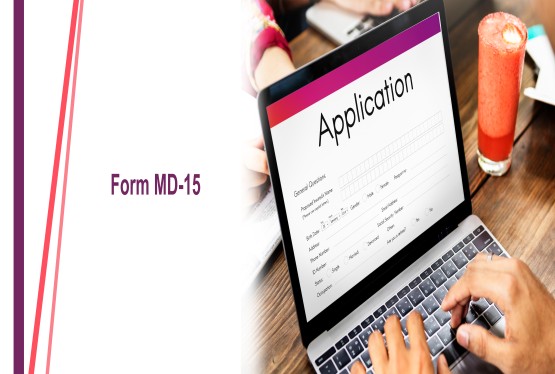


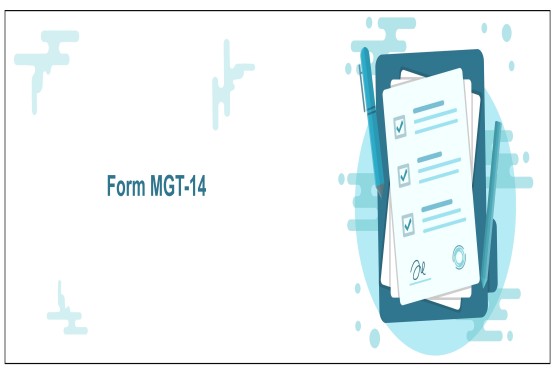
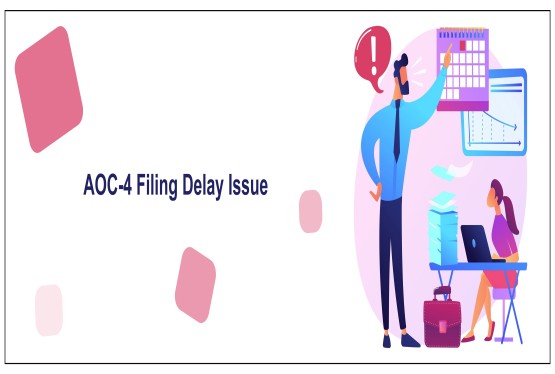
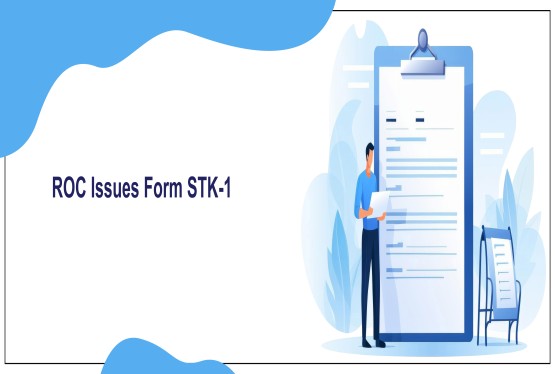

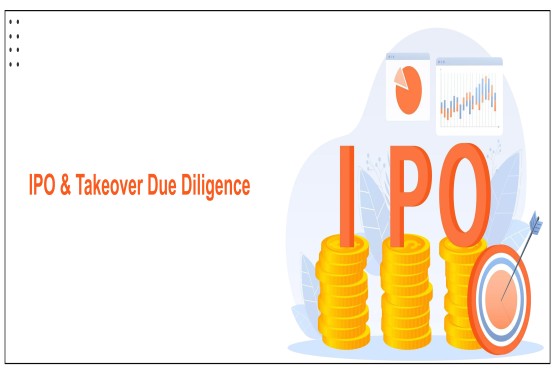
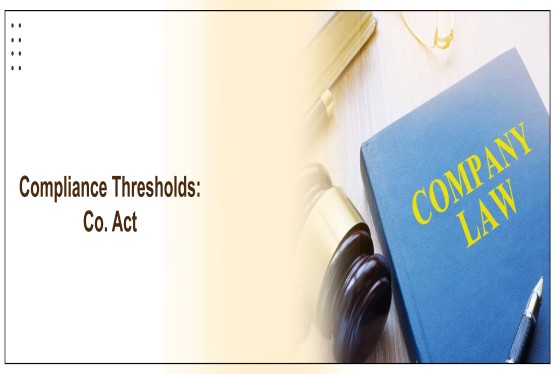
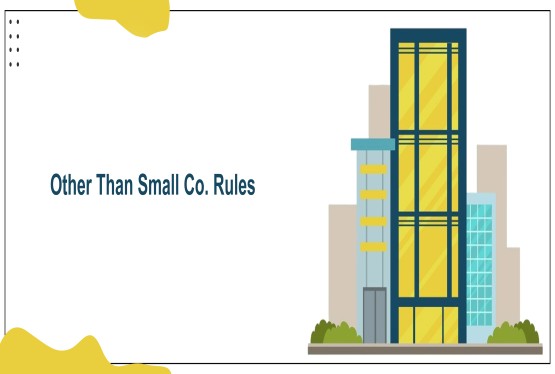


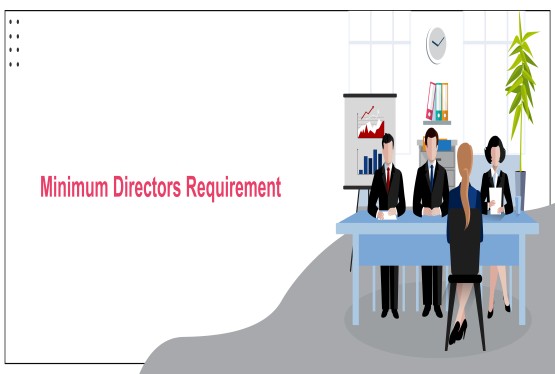

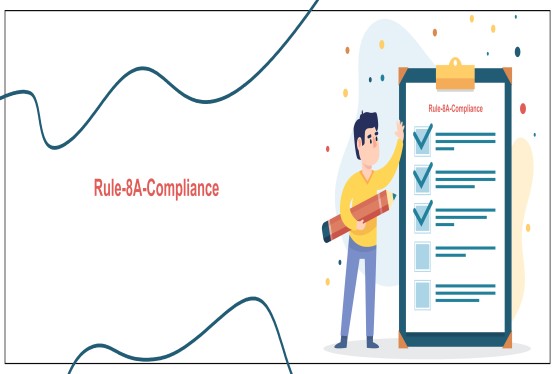
_learn_crop10_thumb.jpg)
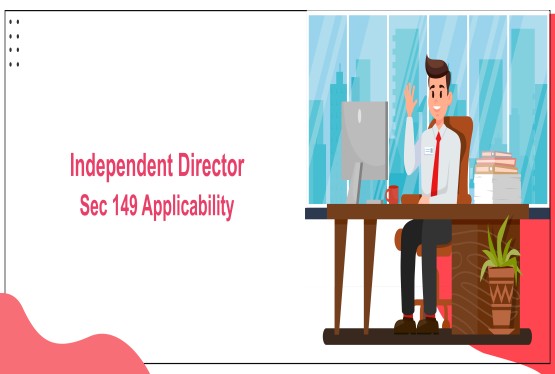
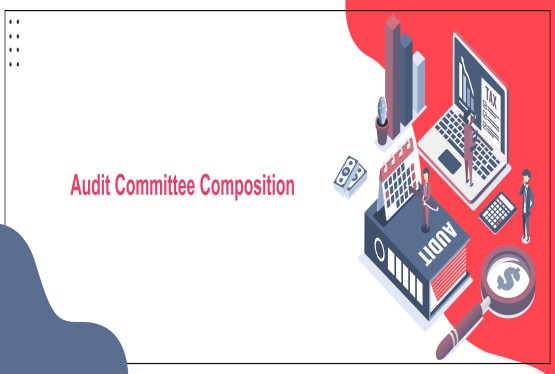
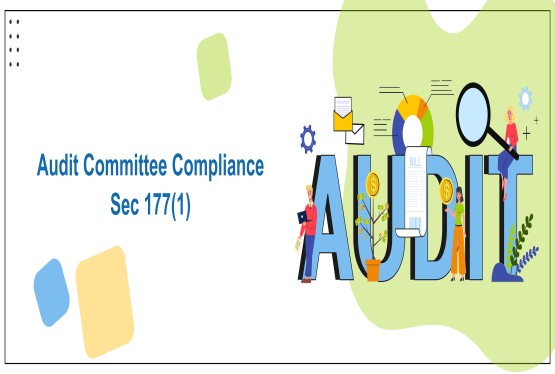



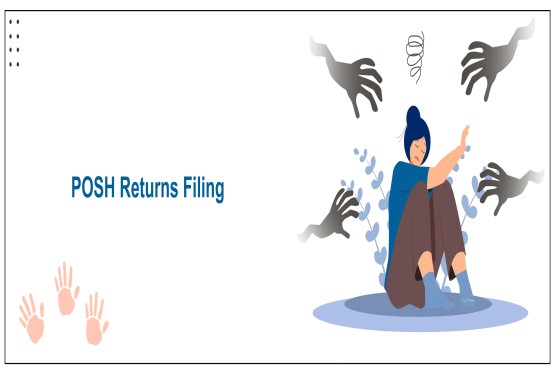
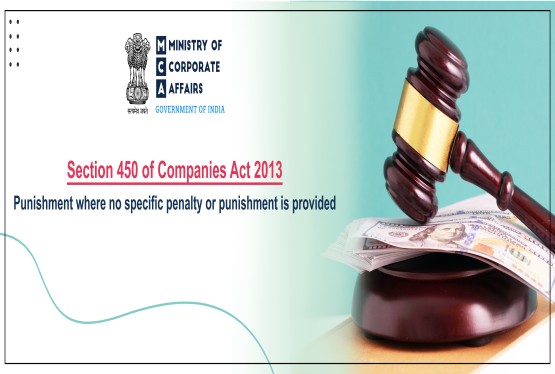

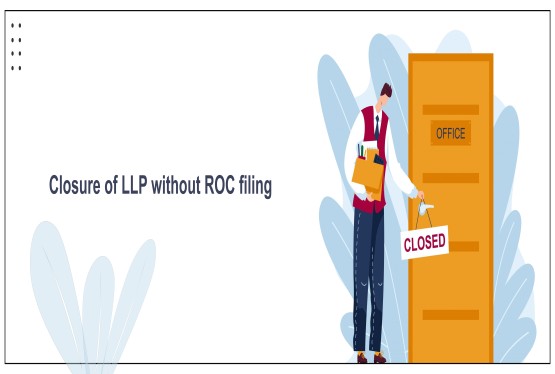
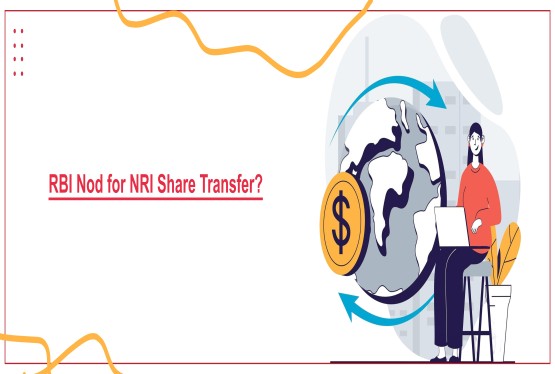

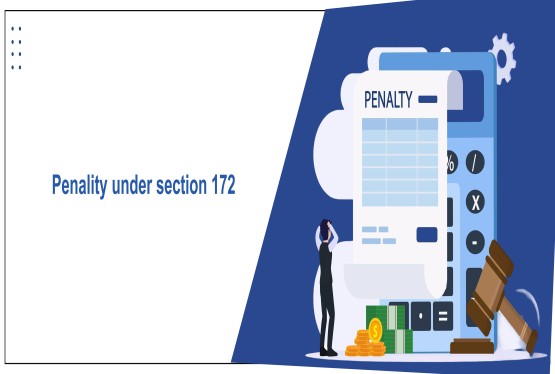

_learn_crop10_thumb.jpg)
_Learn_crop10_thumb.jpg)
